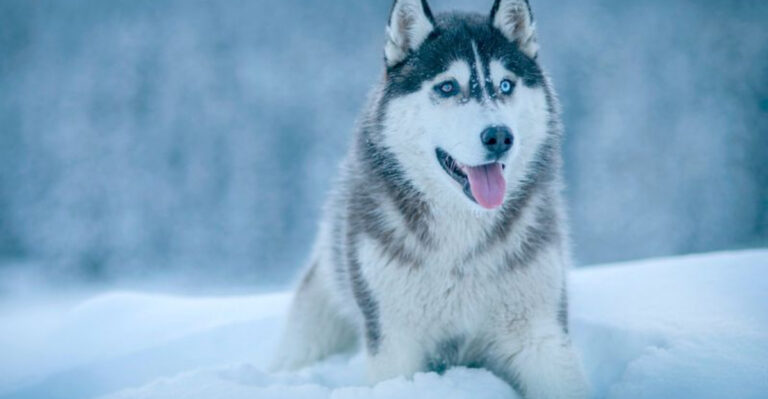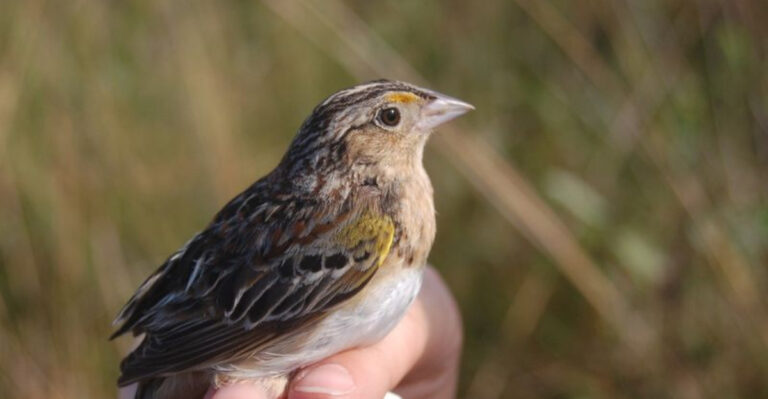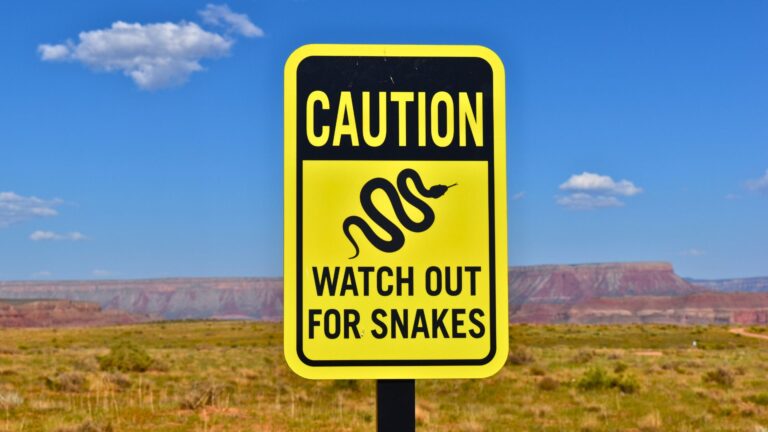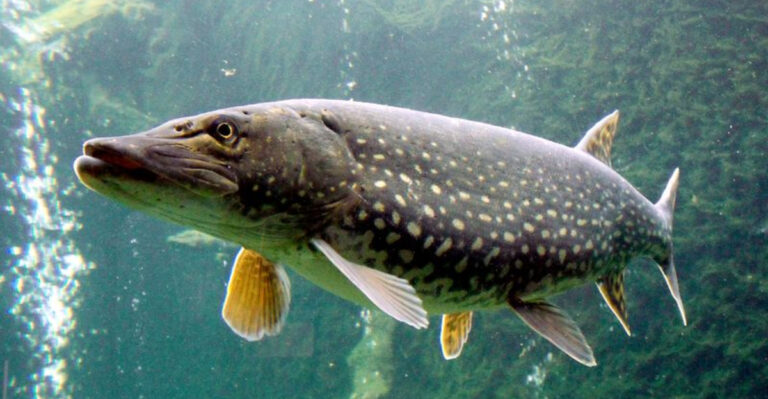15 U.S. Regions Where Wildlife Thrives With Little Human Interference
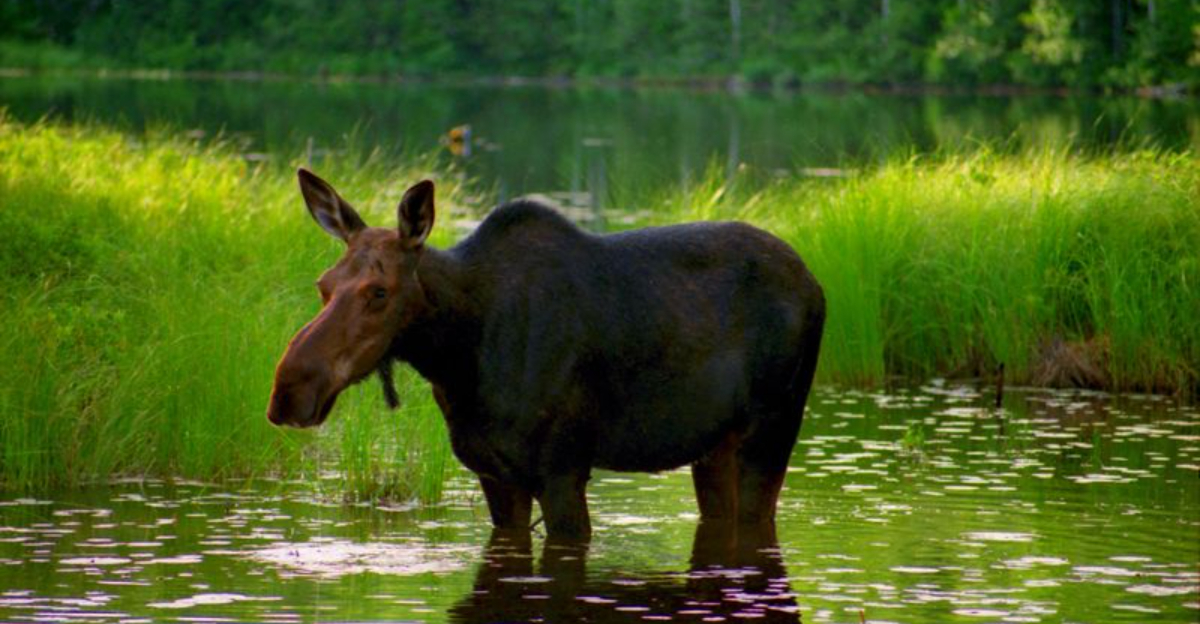
Ever wondered where animals roam freely without bumping into humans at every turn? Across America, there are still magical places where wildlife thrives in natural habitats, largely untouched by human development.
These pristine regions offer rare glimpses into how our country’s ecosystems function when left to their own devices, serving as crucial sanctuaries for countless species that might otherwise struggle to survive.
1. Frank Church-River of No Return Wilderness, Idaho
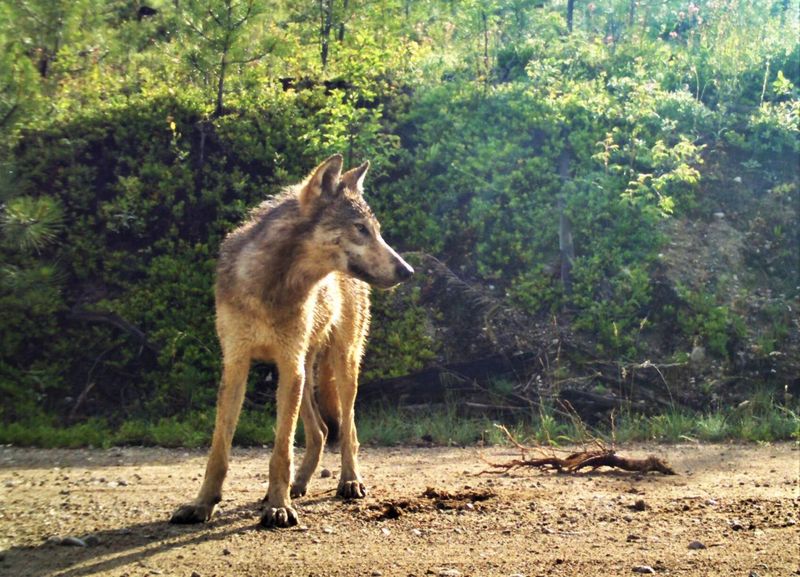
Hidden in the heart of Idaho lies America’s largest contiguous wilderness area in the lower 48 states. Gray wolves howl beneath star-filled skies, while mountain lions silently stalk their prey through dense forests.
Bears, elk, and bighorn sheep wander freely across 2.3 million acres of rugged landscape. The Salmon River carves through this untamed paradise, creating diverse habitats that support over 300 wildlife species.
2. Okefenokee Swamp, Georgia/Florida
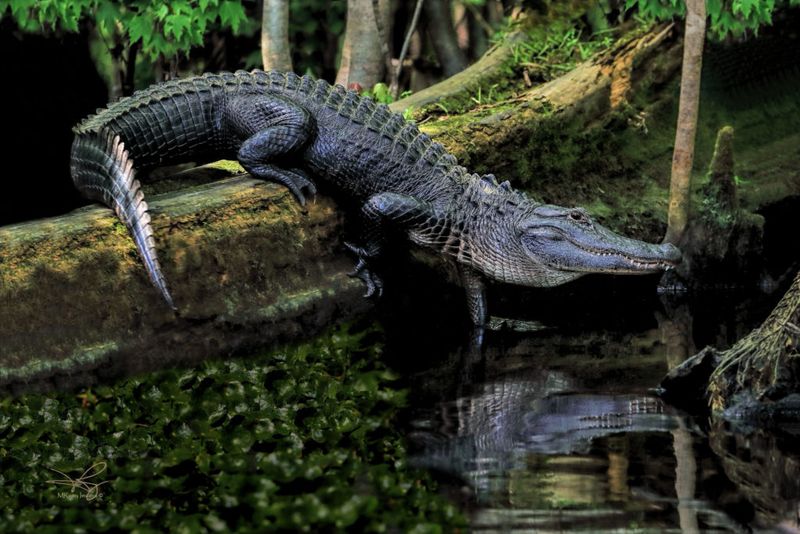
Ancient cypress trees draped with Spanish moss create a prehistoric atmosphere in this massive blackwater swamp. Alligators glide silently through tea-colored waters, watching as herons stalk fish in the shallows.
Red-cockaded woodpeckers tap rhythmically on pine trees while black bears forage through palmetto thickets. The 438,000-acre wetland labyrinth remains largely inaccessible, protecting one of North America’s most unique ecosystems.
3. Boundary Waters Canoe Area Wilderness, Minnesota
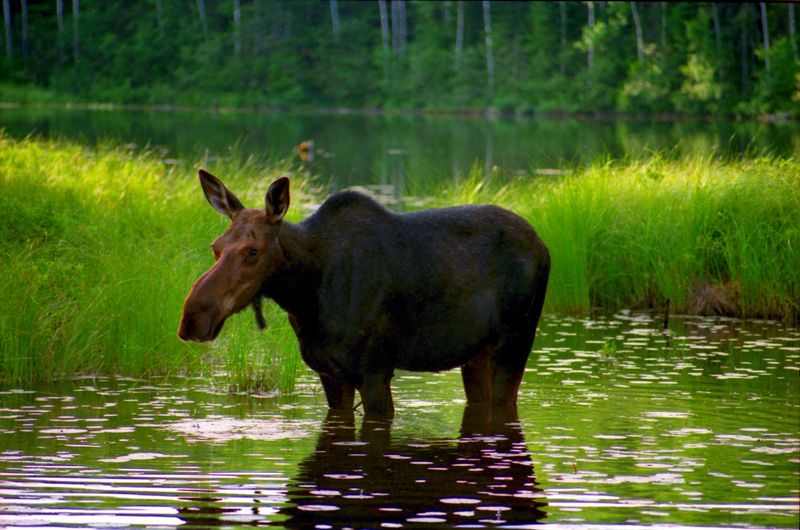
Sparkling lakes connect through narrow channels in this million-acre maze of pristine waterways. Moose wade through shoreline shallows, munching on aquatic plants while loons call hauntingly across misty waters.
Bald eagles soar overhead as beavers construct elaborate dams. With over 1,200 miles of canoe routes and minimal trails, this wilderness area remains largely untouched, allowing wildlife to thrive in natural patterns undisturbed by modern life.
4. Everglades National Park, Florida
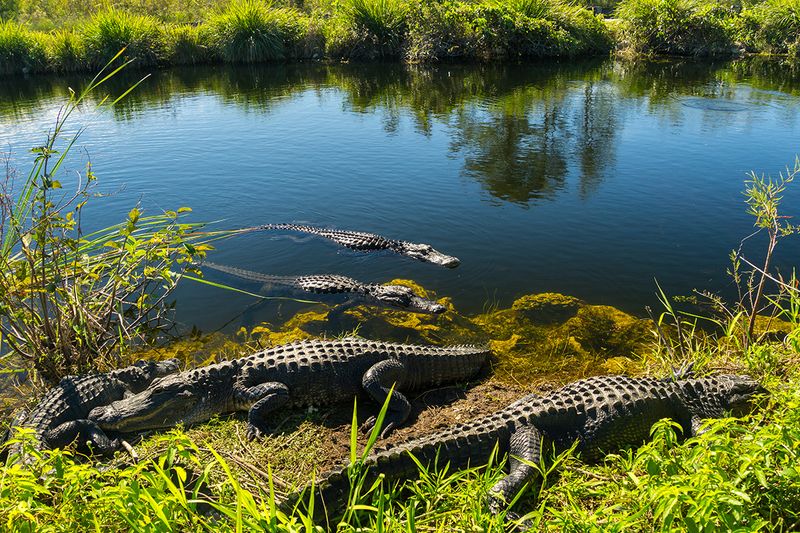
Nicknamed the ‘River of Grass,’ this unique ecosystem hosts incredible biodiversity despite being just a stone’s throw from Miami. Endangered Florida panthers slink through sawgrass prairies while manatees float lazily in shallow coastal waters.
Roseate spoonbills create pink splashes against green mangroves, and American crocodiles bask alongside alligators. The park’s 1.5 million acres of wetlands act as a crucial wildlife corridor, especially vital as surrounding areas face development pressure.
5. Gates of the Arctic National Park, Alaska
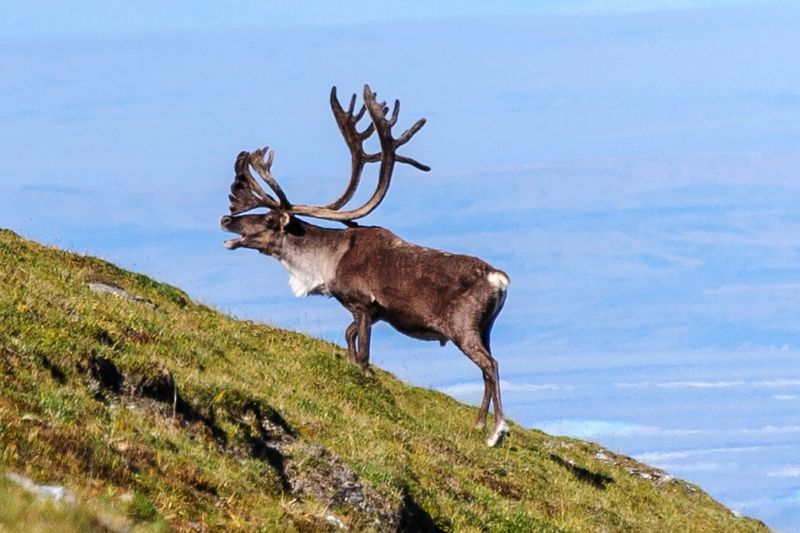
Far above the Arctic Circle stretches a wilderness so remote that no roads lead there. Caribou herds thousands strong migrate across tundra that blooms with wildflowers during brief summers beneath the midnight sun.
Grizzly bears fish for salmon in crystal-clear streams while wolves track their movements from ridgelines. Covering 8.4 million acres, this park remains one of America’s least visited yet most ecologically intact regions, where animals follow ancient patterns undisturbed.
6. Gila Wilderness, New Mexico
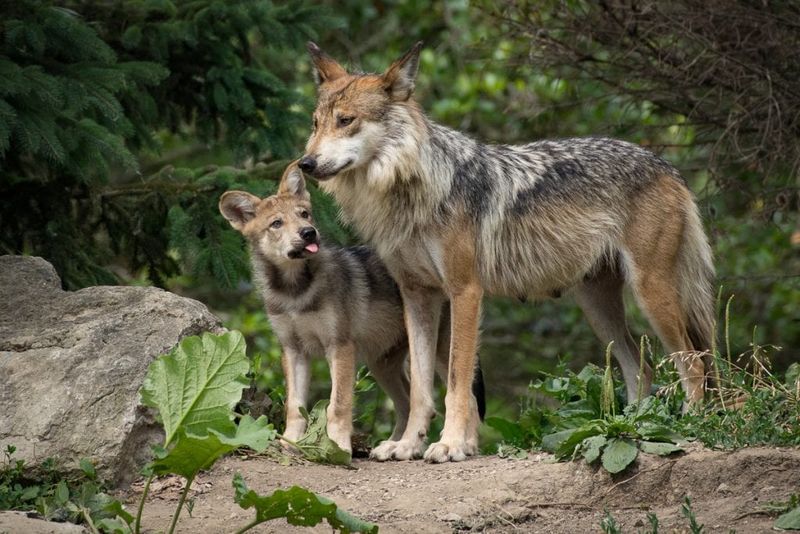
America’s first designated wilderness area still maintains its wild character almost a century later. Mexican gray wolves – reintroduced after near extinction – roam pine-covered mountains and stark canyon lands.
Javelinas root through desert undergrowth while endangered Gila trout dart through clear mountain streams. Spanning 558,000 acres of diverse habitats from desert to alpine forest, this rugged landscape provides crucial sanctuary for species struggling elsewhere in the Southwest.
7. Olympic National Park’s Hoh Rainforest, Washington
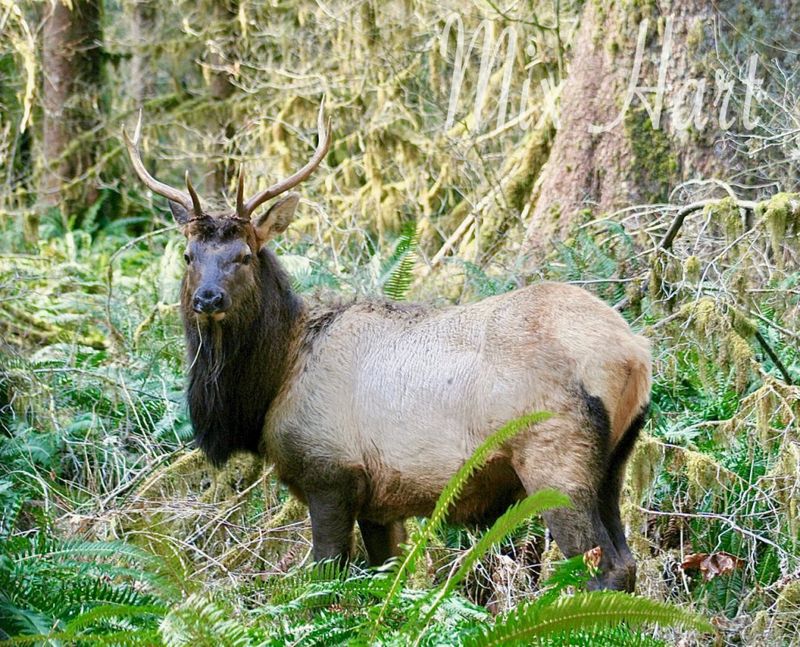
Moss carpets everything in this enchanted temperate rainforest where annual precipitation exceeds 12 feet. Roosevelt elk – found nowhere else on earth – browse beneath towering spruce and hemlock trees draped in green.
Marbled murrelets make extraordinary commutes, nesting in ancient trees but feeding in coastal waters miles away. The park’s unique geography creates isolation that has allowed endemic species to evolve, including 16 animals and 8 plants found nowhere else on the planet.
8. Channel Islands National Park, California
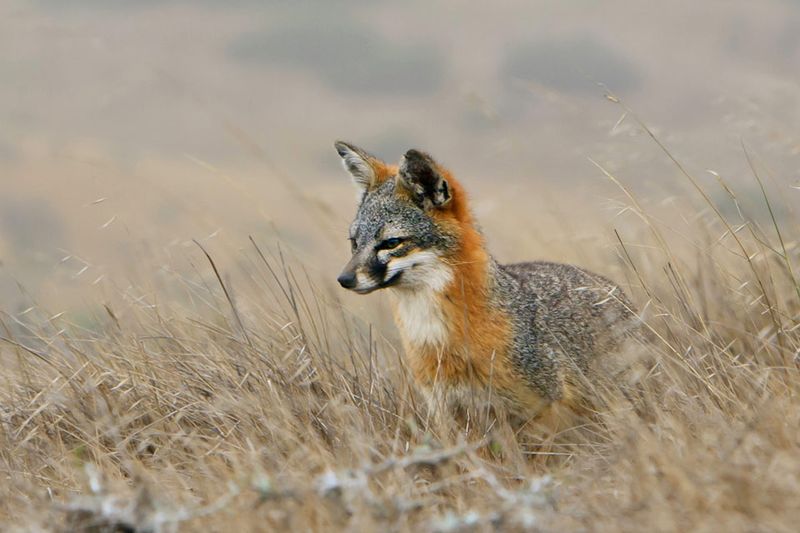
Just offshore from bustling Los Angeles lies a world apart, where evolution has created miniature foxes found nowhere else on earth. Sea lions bark from rocky shores while bald eagles – once eliminated but now restored – soar overhead.
Blue and humpback whales feed in surrounding waters rich with marine life. These five islands, protected from mainland development and invasive species, showcase how quickly nature rebounds when given space – the islands’ isolation has created a living laboratory of biological diversity.
9. Wrangell-St. Elias Wilderness, Alaska
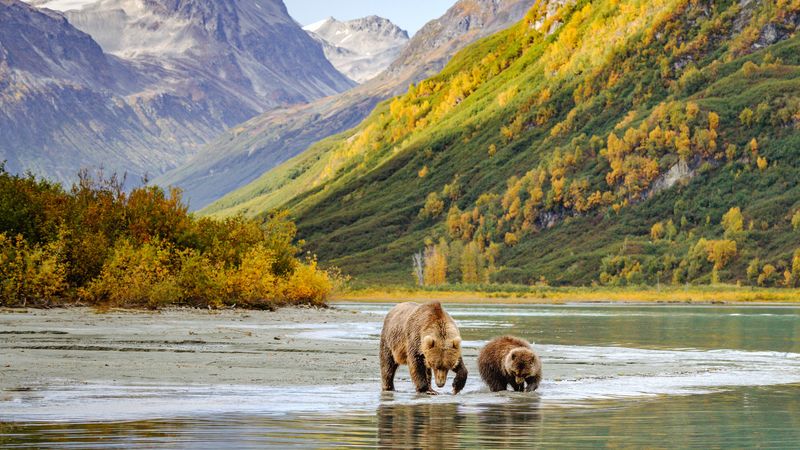
America’s largest national park covers an area larger than Switzerland, where glaciers, mountains, and forests create a wilderness of staggering proportions. Dall sheep navigate precarious mountain slopes while massive grizzlies dig for ground squirrels in alpine meadows.
Salmon runs bring nutrients from ocean to mountains, feeding wolves, bears and eagles. With minimal roads or facilities across its 13.2 million acres, wildlife here lives largely as it has for thousands of years, following natural cycles undisturbed.
10. Big Bend National Park, Texas
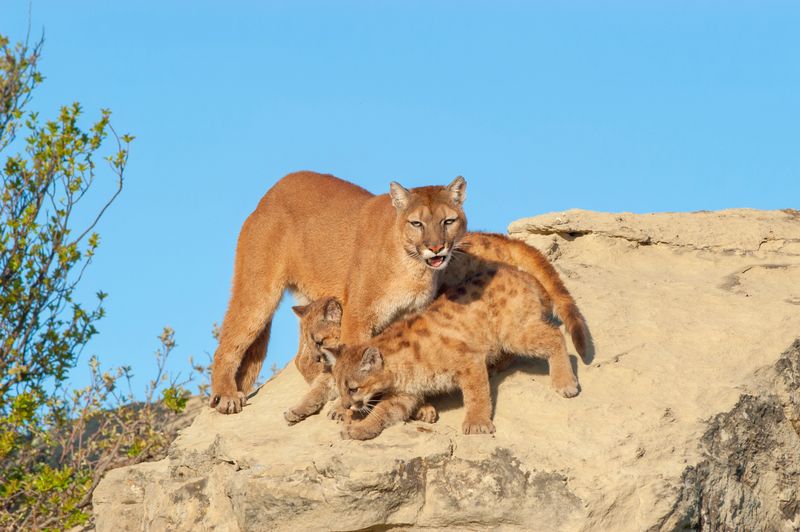
Along the Rio Grande’s sweeping curve, desert meets mountains in a biodiversity hotspot unlike anywhere else. Black bears, once eliminated, have naturally returned to roam the Chisos Mountains, while mountain lions silently patrol their territories.
Javelinas and roadrunners scurry through desert scrub as rare birds from Mexico venture north. The park’s remote location and harsh conditions have limited development, preserving over 800,000 acres where wildlife thrives in surprising abundance despite the challenging environment.
11. Isle Royale National Park, Michigan
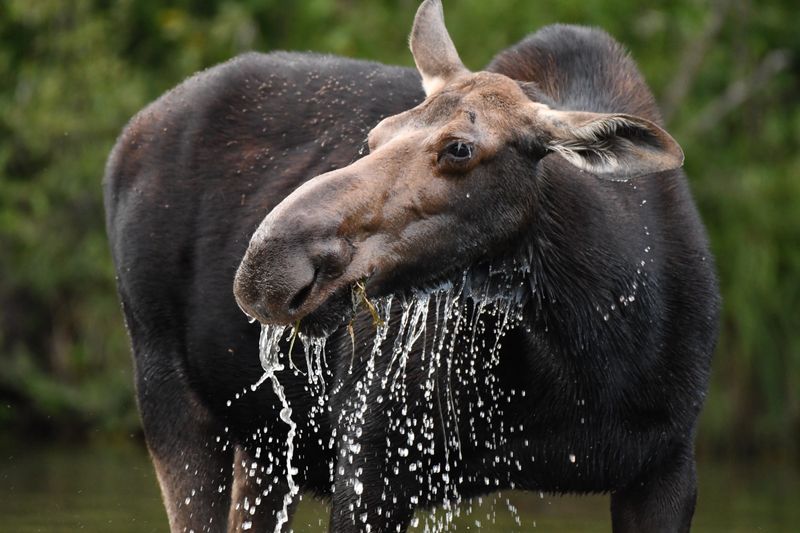
Surrounded by Lake Superior’s cold waters, this isolated island harbors one of science’s longest-running predator-prey studies. Wolves and moose play out their ancient dance with minimal human interference, their populations rising and falling in natural cycles.
Beavers reshape the landscape while loons call across mist-covered lakes. Accessible only by boat or seaplane, the island’s remoteness has preserved natural processes, allowing researchers to observe wilderness dynamics that have disappeared from most American landscapes.
12. Konza Prairie, Kansas
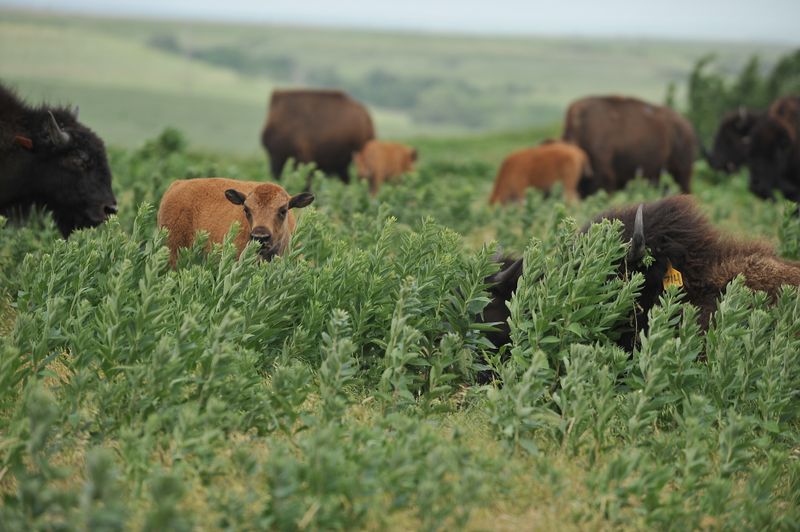
Rolling tallgrass prairie stretches to the horizon, preserving a vanishing ecosystem that once covered millions of acres. Bison herds – recently reintroduced – shape the landscape through grazing patterns that benefit prairie chickens and other grassland birds.
Coyotes hunt small mammals that dart through grass reaching heights of over six feet. This 8,600-acre living laboratory demonstrates how careful management with controlled burns mimics natural processes, allowing native species to thrive in an ecosystem type that has lost over 96% of its original extent.
13. Denali National Park Wilderness, Alaska
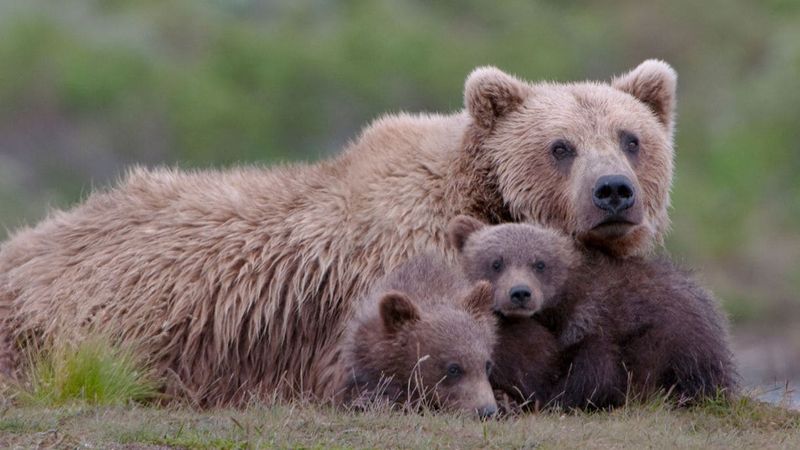
Around North America’s tallest peak stretches six million acres where wildlife roams in astonishing abundance. Grizzly bears feast on blueberries while massive caribou herds flow like rivers across the tundra during migrations.
Golden eagles build massive nests on cliffs, and wolverines – rarely seen elsewhere – patrol vast territories. The park’s strictly limited road access means most of its wilderness remains truly wild, with animal behavior largely unaltered by human presence or influence.
14. Bob Marshall Wilderness Complex, Montana
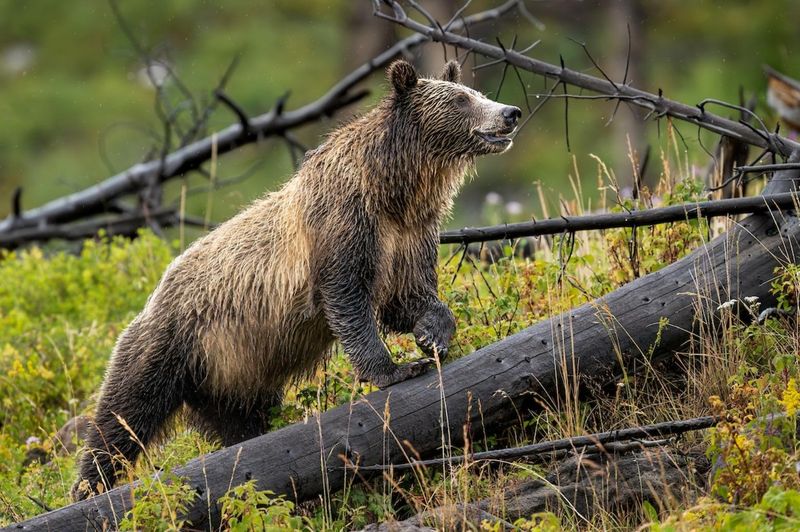
Known simply as “The Bob” by locals, this massive wilderness area preserves a complete Rocky Mountain ecosystem. Grizzlies dig for moth colonies on high slopes while lynx leave delicate tracks across snow-covered meadows hunting snowshoe hares.
Wolverines cache food in natural refrigerators of permanent snowfields. Covering over 1.5 million acres across three wilderness areas, the complex’s size and connectivity allow wildlife to move freely through various habitats, maintaining natural migration patterns that smaller protected areas cannot support.
15. Aniakchak National Monument, Alaska
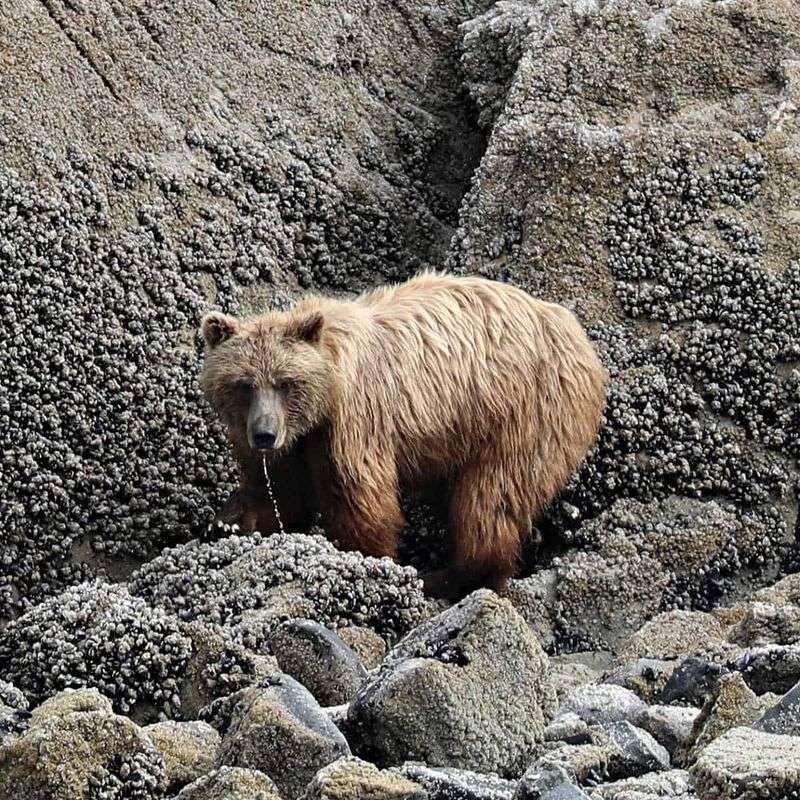
Inside a massive volcanic caldera lies one of America’s least visited national monuments, where brown bears outnumber human visitors most years. Salmon swim up the Aniakchak River into the crater lake, while caribou traverse the surrounding landscape.
Wolves track their movements through a landscape shaped by volcanic eruptions. With fewer than 100 visitors in typical years across its 600,000 acres, wildlife here experiences virtually no human pressure, creating a rare glimpse into truly wild animal behavior patterns.

